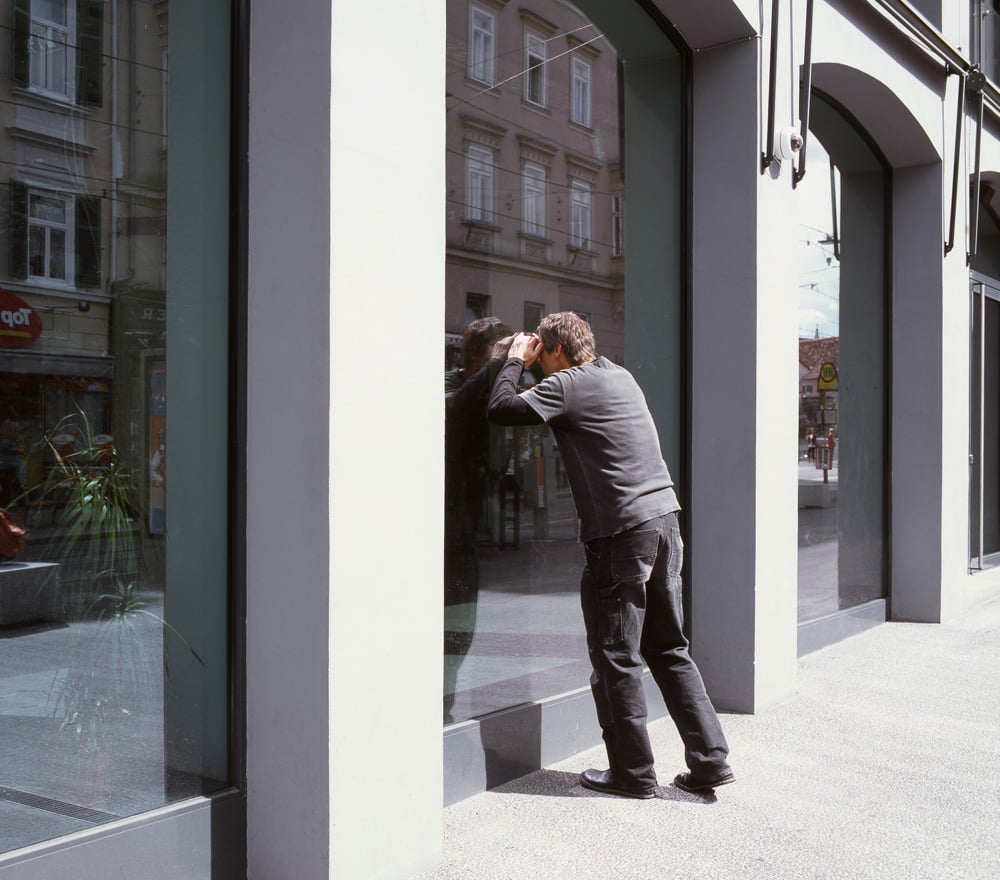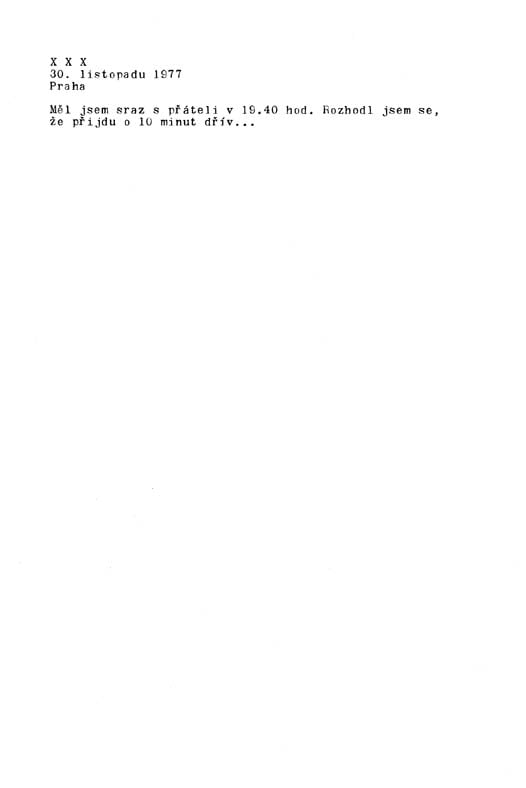Otazniky
1969 - Painting (Painting)
29 x 66 cm
Julius Koller
In its stringency, obsession and peculiarity, the oeuvre of Julius Koller is one of the most idiosyncratic and consistent in European art since the 1960s. Yet Koller is not only a seminal figure in the history of the neo- and post-avant-garde; his work has long been a critical inspiration for artists and intellectuals. In the most recent past, Koller’s concepts of the Anti-Happening, the Anti-Picture, the Universal-cultural Futurological Operation (U.F.O.), his actions, objects, texts and the enormous referential archive he built up, have attracted growing interest on the part of a broader art public. From around 1960, in response to the modernist mainstream in Slovak art, Julius Koller began to develop his aesthetic position of the “antihappening.” His strategy consists in using real objects and everyday life as the predefined program for an aesthetic operation: from 1965, in texts rubberstamped on paper that refer to the context of the “anti-happening,” and then in 1967/1968 in pictures for which Koller used white latex paint instead of oils and which saw the first appearance of the question mark—the symbol of Koller’s brands of naming, or “making known,” that was later to undergo many mutations in various media and states of aggregation. The “invitation cards for an idea”—as Koller called the text works relating to the “anti-happenings”—and the palimpsests and serial arrangements of the “anti-pictures” set themselves apart from the academicism of Modernism in more than just formal terms. Koller foregoes every form of technical mastery. The “anti-pictures” are amateurish in style, ensuring that they fulfill their task, defined by Koller as “engaging rather than arranging.” Julius Koller was born in 1939 in Piestany, Slovakia. He died in 2007 in Bratislava.
Colors:
Related artist(s) to: Julius Koller » Rirkrit Tiravanija, » Mladen Stilinović, » Anton Vidokle, » Douglas Gordon, » Roman Ondák, » Deimantas Narkevičius, » Hans Ulrich Obrist, » Jiří Kovanda, » Mona Hatoum, » Rasha Salti
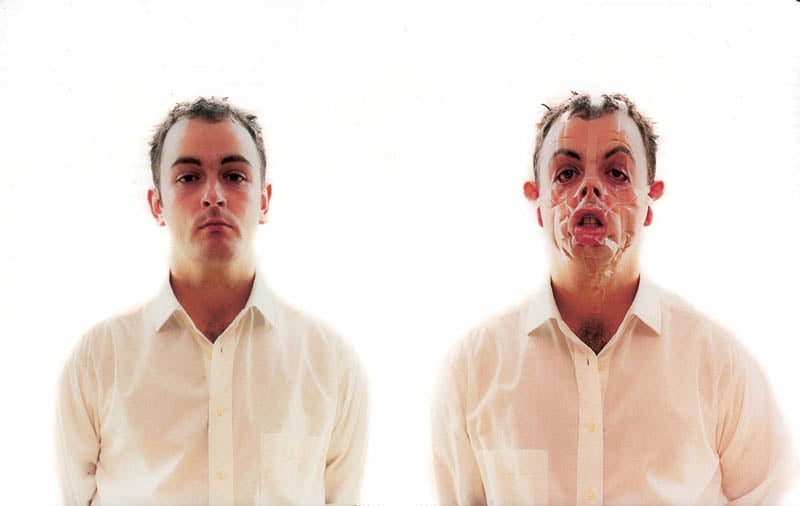
© » KADIST
Douglas Gordon
1996In Monster (1996-97), the artist’s face becomes grotesque through the application of strips of transparent adhesive tape, typical of Gordon’s performance-based films that often depict his own body in action...

© » KADIST
Anton Vidokle
2020Shot in Oliveto Lucano, a village in the south of Italy, AUTOTROFIA (meaning self-eating) by artist Anton Vidokle is a cinéma vérité style film that slides fictive characters into real situations, and vice-versa, to draw a prolonged meditation on the cycle of life, seasonal renewal, and ecological awareness...
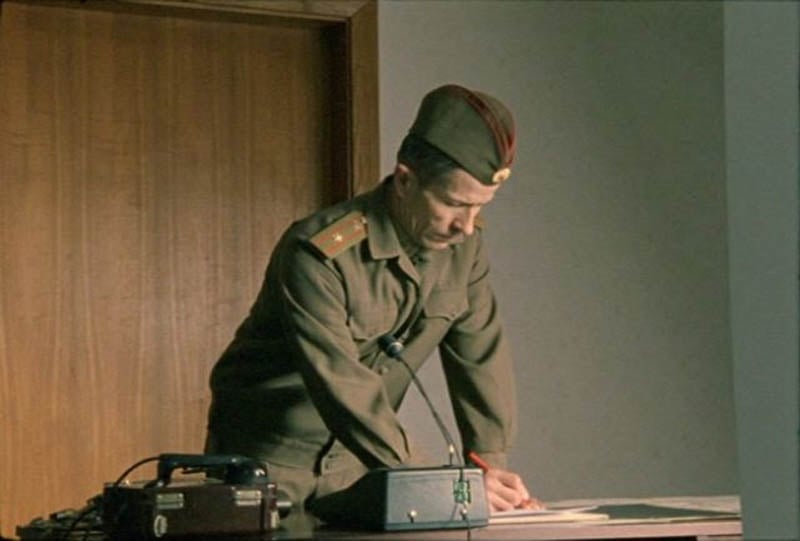
© » KADIST
Deimantas Narkevicius
2008The Dud Effect is a film that revisits the fear of nuclear attacks during the Cold War by staging the firing of a R-14 missile by a solitary soldier on the site of a real Soviet launch base installed in Lithuania...

© » KADIST
Mladen Stilinovic
1985The Exploitation of the Dead cycle is composed of a very large number of elements which the artist reorganizes differently every time...

© » KADIST
Roman Ondak
2003This work needs to be considered in relation to one of his performances during which people were made to queue in front of the Kunsthalle of Frankfurt in 2003 (Tate Collection)...

© » KADIST
Roman Ondak
2003As the caption purposely admits, these drawings were made by friends of Ondák’s at home in Slovakia asked to interpret places he has journeyed to...

© » KADIST
Douglas Gordon
2004Douglas Gordon’s single-channel video The Left Hand Can’t See That The Right Hand is Blind, captures an unfolding scene between two hands in leather gloves—at first seemingly comfortable to be entwined, and later, engaged in a struggle...

© » KADIST
Douglas Gordon
2002Blind Spencer is part of the series “Blind Stars” including hundreds of works in which the artist cut out the eyes of Hollywood stars, in a symbolically violent manner...
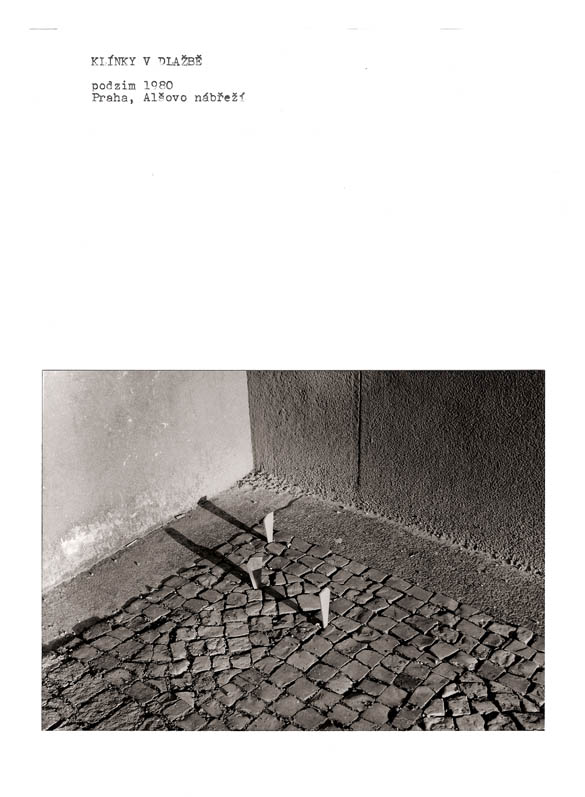
© » KADIST
Jiri Kovanda
1980Kovanda’s street interventions are always documented according to the same format as the actions: a piece of A4 paper, a typewritten text giving a precise location and date, and a photograph...
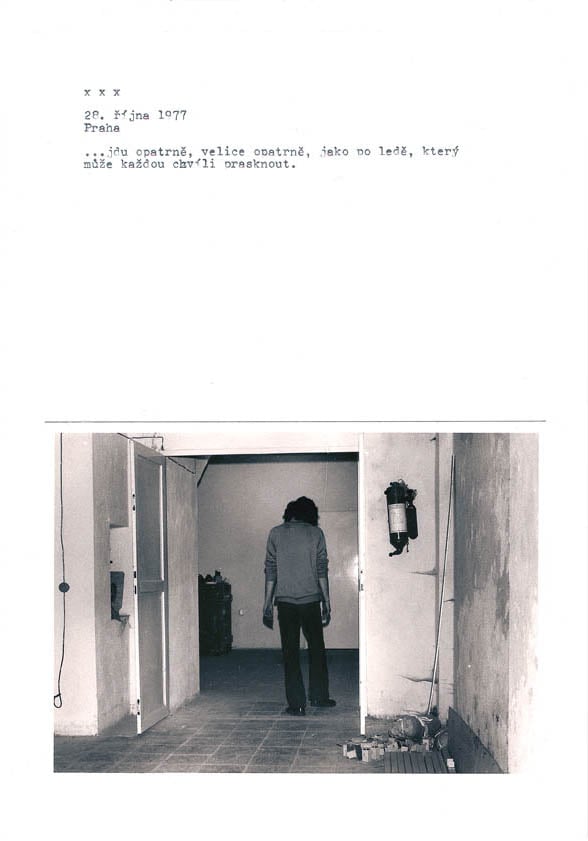
© » KADIST
Jiri Kovanda
Kovanda’s ‘discreet’ actions (leaving a discussion in a rush, bumping into passers-by in the street, making a pile of rubbish and scattering it, looking at the sun until tears come…) are always documented according to the same format: a piece of A4 paper, a concise typewritten text, and sometimes a photograph taken by someone else...

© » KADIST
Jiri Kovanda
1979This ephemeral installation by Jirí Kovanda, documented in the same way as his performances with a photograph and a text, belongs to a body of works that took place in his apartment/studio...
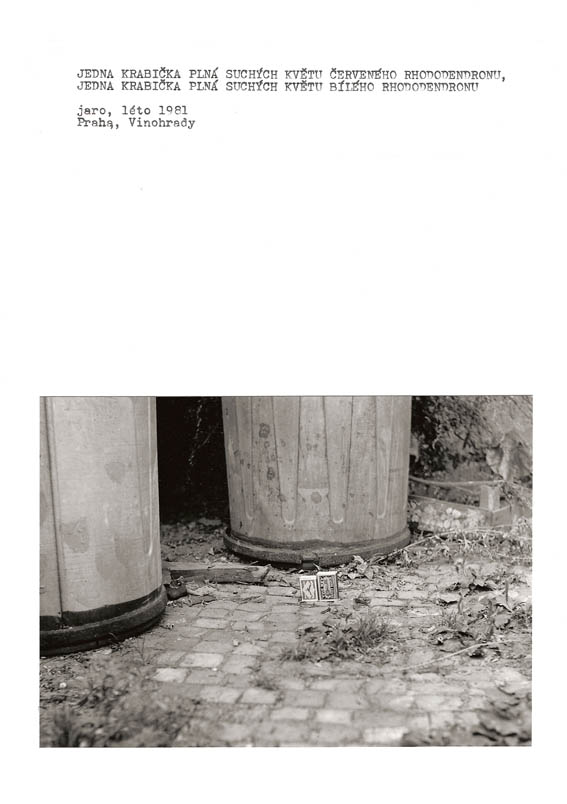
© » KADIST
Jiri Kovanda
1980Kovanda’s street interventions are always documented according to the same format as the actions: a piece of A4 paper, a typewritten text giving a precise location and date, and a photograph...

© » KADIST
Jiri Kovanda
1980Kovanda’s street interventions are always documented according to the same format as the actions: a piece of A4 paper, a typewritten text giving a precise location and date, and a photograph...

© » KADIST
Jiri Kovanda
1992Untitled (1992) responds to the same principles of an economy of means as the artist’s actions and installations: three empty cardboard boxes which have contained photographic film are piled one on top of the other...

